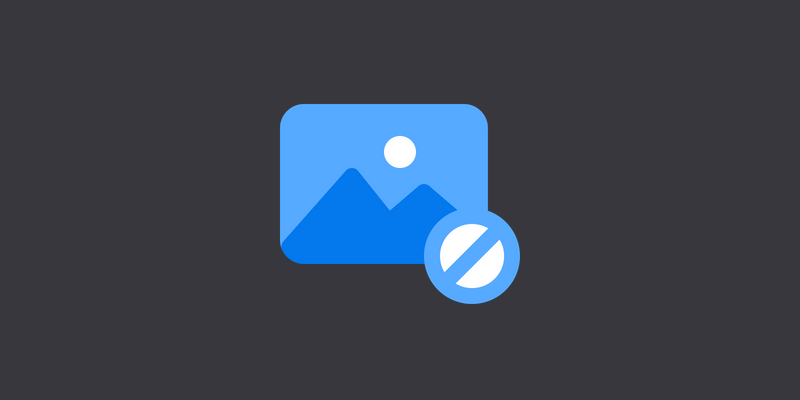 Ruby
vs
Ruby
vs
 Python
Python
 Ruby
Ruby
 Python
Python
What is Ruby?
Ruby is a free and open-source interpreted, high-level, general-purpose programming language. The language was created by Yukihiro "Matz" Matsumoto from Japan in the mid-1990s. Today, Ruby has a friendly and growing community from all over the world and is openly developed and maintained. According to its creator Yukihiro, the language share many similarities with Perl, Smalltalk, Eiffel, Ada, Basic, and Lisp, all of which Ruby was influenced by.
How much does Ruby cost?
No pricing information available..
What platforms does Ruby support?
Top Ruby Alternatives
JavaScript
JavaScript is a scripting or programming language that conforms to the ECMAScript specification. The language is mainly used to create complex features for web pages, but is also used other software project. Javascript has curly-bracket syntax, dynamic typing, prototype-based object-orientation, and first-class functions and is mostly just-in-time compiled.
Perl
Perl is a family high-level, general-purpose, interpreted, dynamic programming languages. The project is open-source and has been in community development for over 30 years. Perl is a highly capable language and feature rich language with over 25,000 community created extensions.
PHP
PHP is a popular free and open-source general-purpose scripting language. The language was created by Danish-Canadian programmer Rasmus Lerdorf in 1994. PHP is fast, flexible and pragmatic and is especially suited to web development. It is utilised by individual developers and large corporations like facebook, where it powers backend services.
The software
 Python
is removed from the Top Ruby Alternatives since you are comparing against it.
If you are looking for more software, applications or projects similar to
Python
is removed from the Top Ruby Alternatives since you are comparing against it.
If you are looking for more software, applications or projects similar to
 Ruby
we recommend you to check out our full list containing 11 Ruby Alternatives.
Ruby
we recommend you to check out our full list containing 11 Ruby Alternatives.
Ruby Gallery
What is Python?
An object-oriented, high-level, general-purpose programming language with an easy-to-learn syntax. Python was first released in 1991 by Guido van Rossum with a design philosophy that emphasises code readability. Today Python is one of the most widely used programming languages where it is used in everything from data science, machine learning and AI to modern web, mobile and desktop applications.
How much does Python cost?
No pricing information available..
What platforms does Python support?
Top Python Pros & Cons
Easy to Learn
Python is probably the most accessible and easy to learn programming language. The language is written in plain English and make use of indentation to separate and highlight code blocks.

Top Python Alternatives
Julia
Julia is free and open-source high-level, high-performance, dynamic programming language. The language is most commonly used by developers for numerical analysis and computational science. Julia's ecosystem includes many packages that makes easy to create data visualisations, work with data and machine learning.
TypeScript
TypeScript is a free and open-source programming language created by Microsoft. The language is a strict syntactical superset of JavaScript and redefines the way developer writes JavaScript-based web applications and software by adding optional static typing in the mix. TypeScript is designed specifically for development of large-scale applications with a need to transcompile into JavaScript.
JavaScript
JavaScript is a scripting or programming language that conforms to the ECMAScript specification. The language is mainly used to create complex features for web pages, but is also used other software project. Javascript has curly-bracket syntax, dynamic typing, prototype-based object-orientation, and first-class functions and is mostly just-in-time compiled.
The software
 Ruby
is removed from the Top Python Alternatives since you are comparing against it.
If you are looking for more software, applications or projects similar to
Ruby
is removed from the Top Python Alternatives since you are comparing against it.
If you are looking for more software, applications or projects similar to
 Python
we recommend you to check out our full list containing 24 Python Alternatives.
Python
we recommend you to check out our full list containing 24 Python Alternatives.
